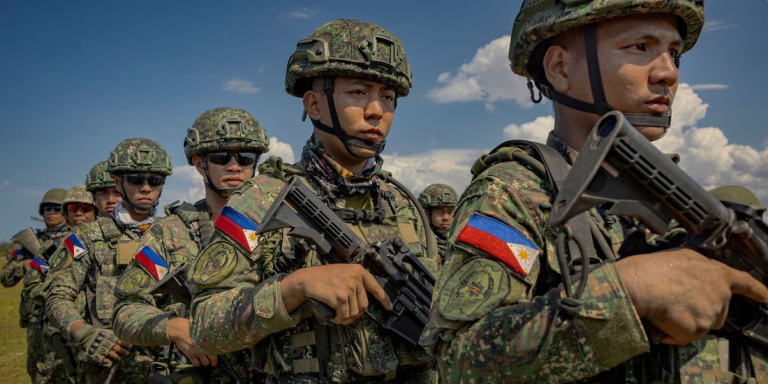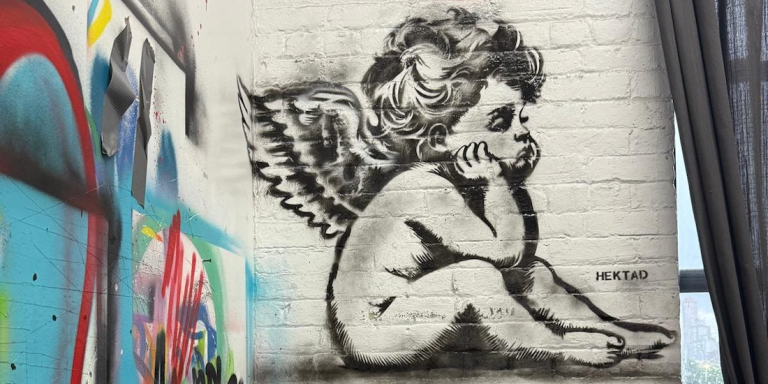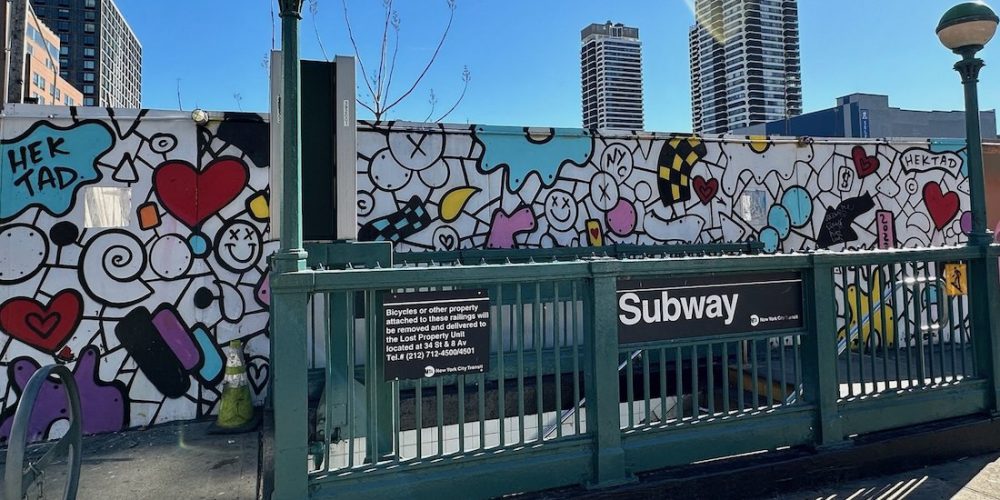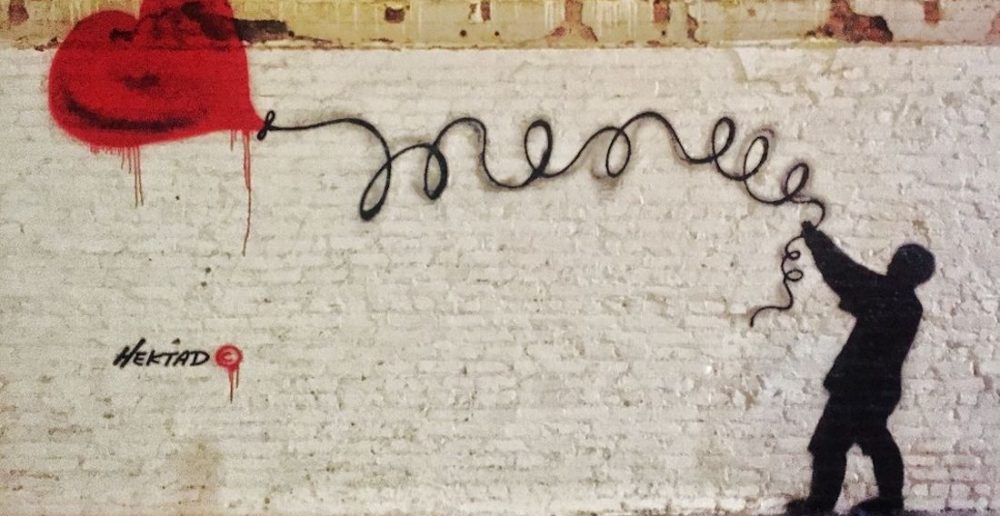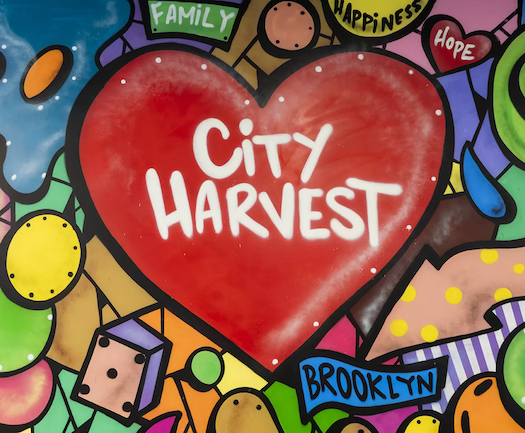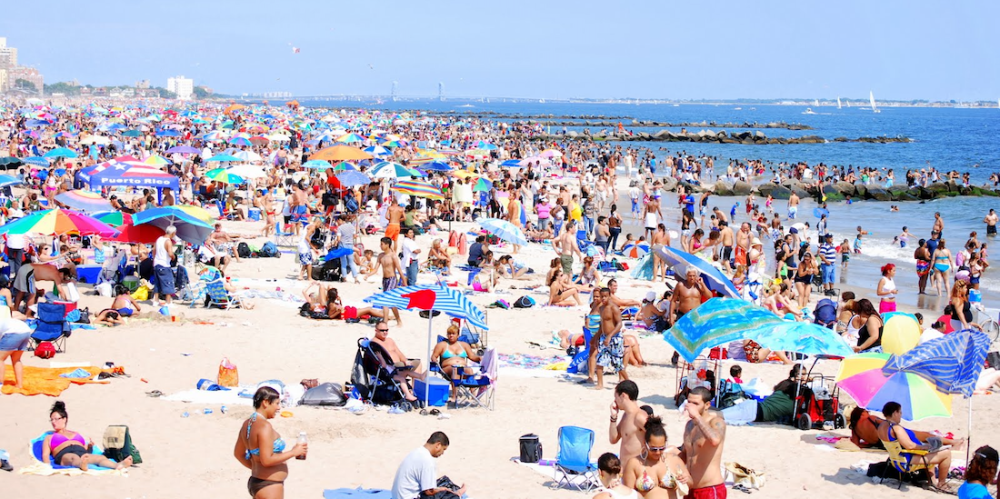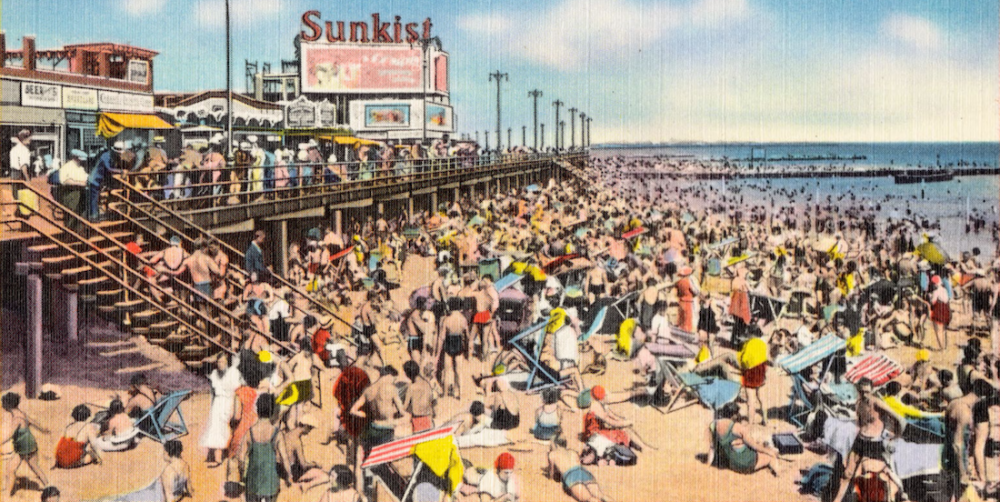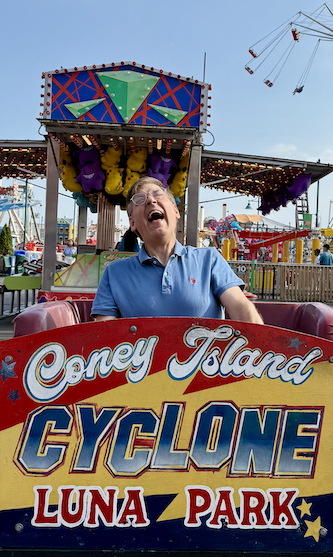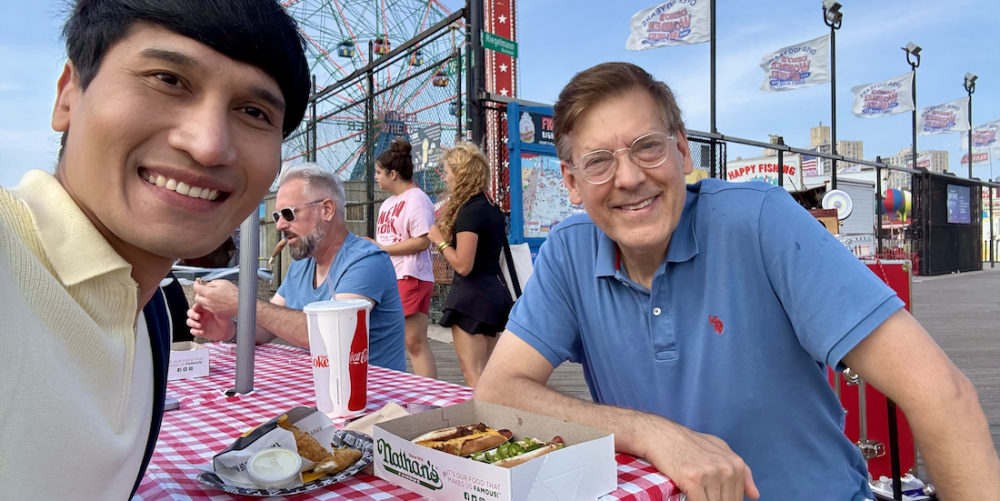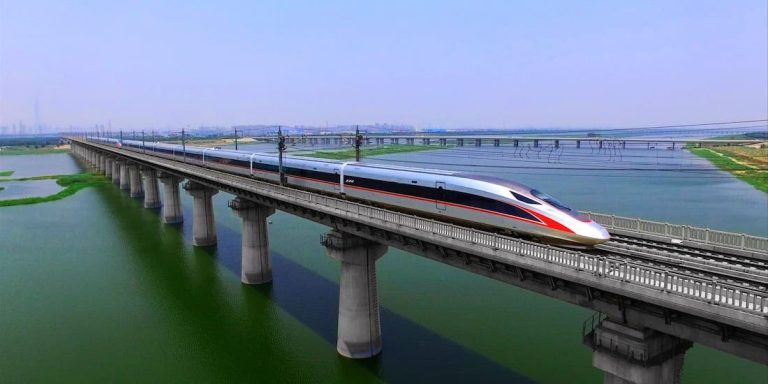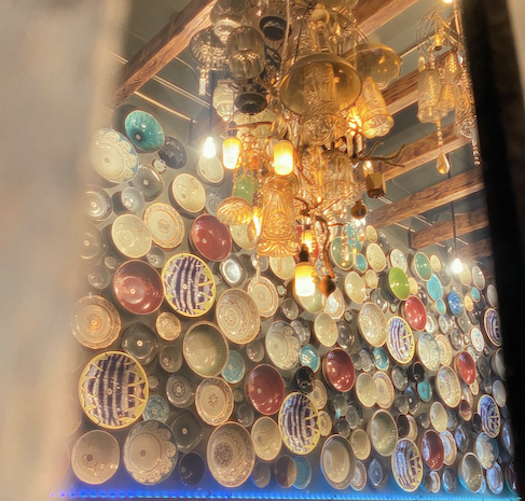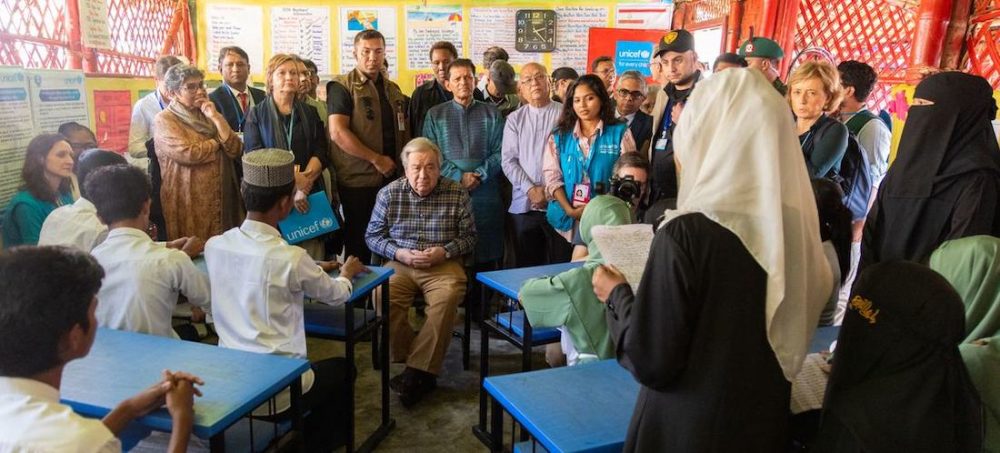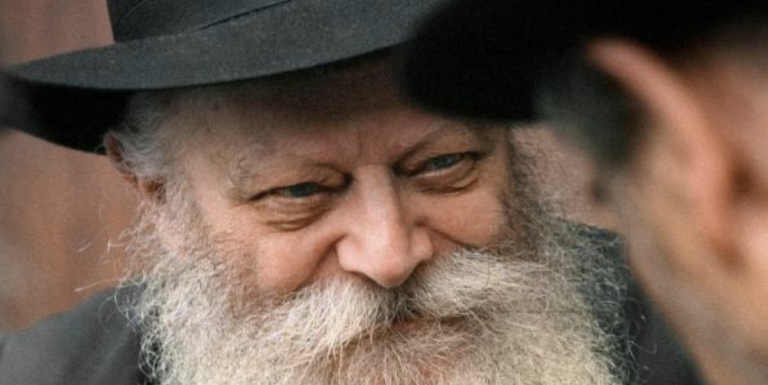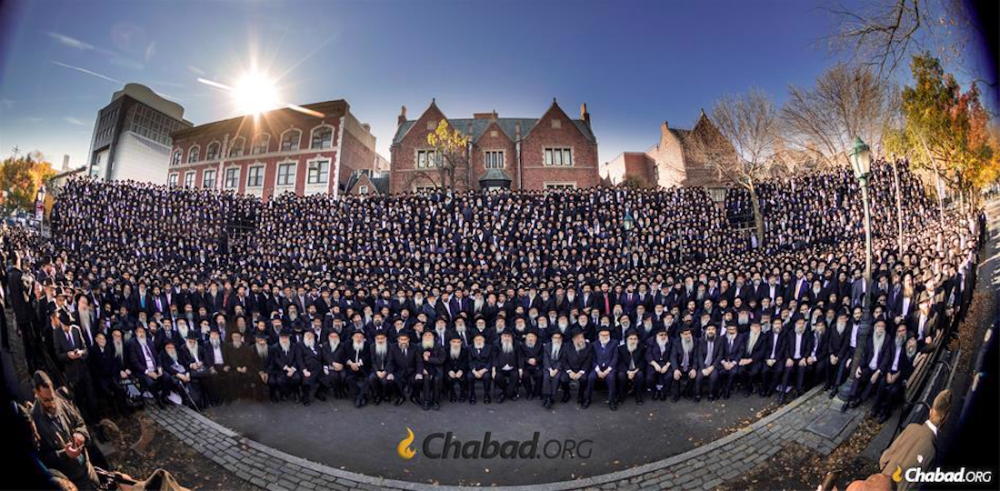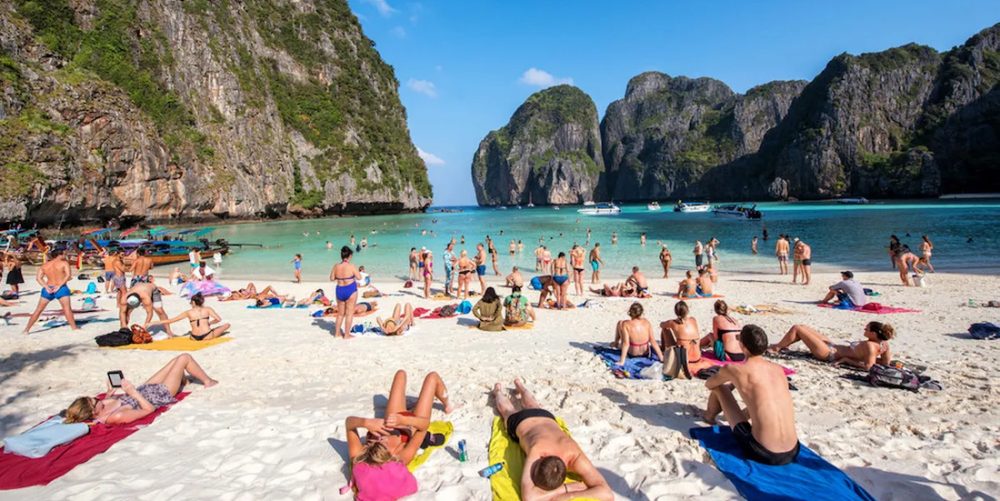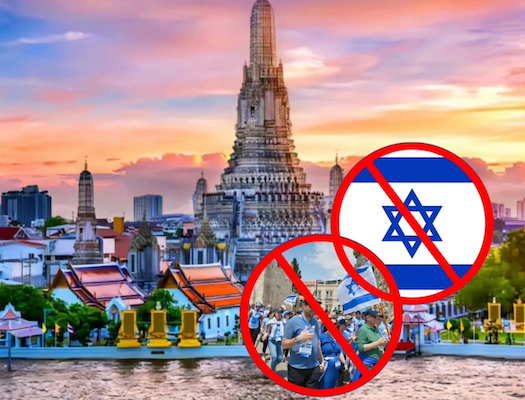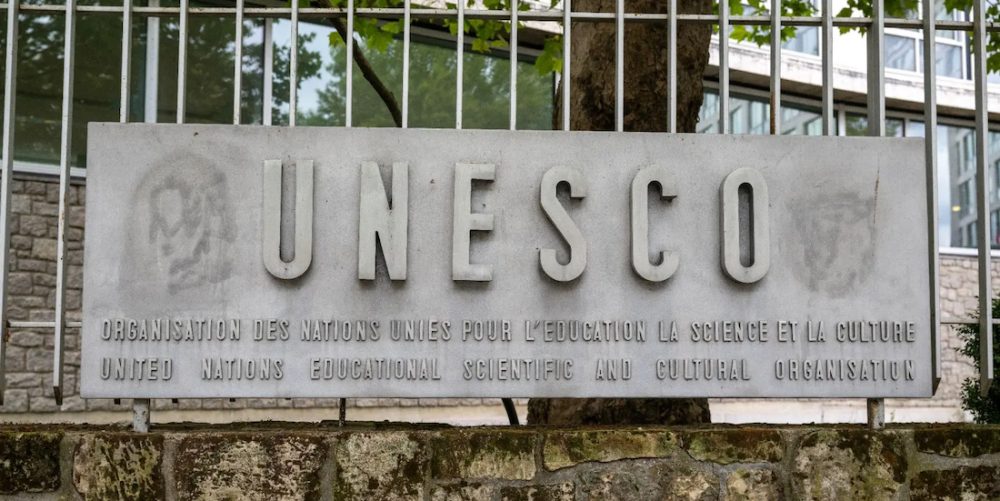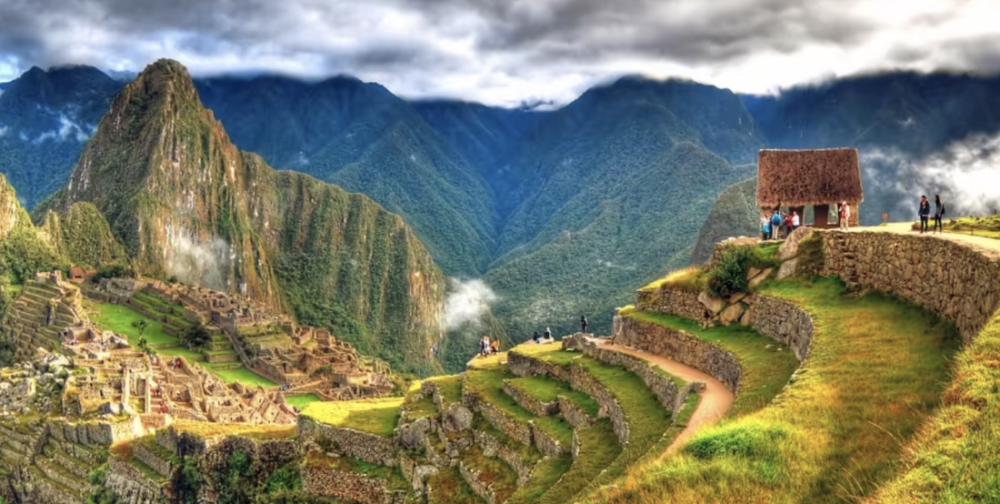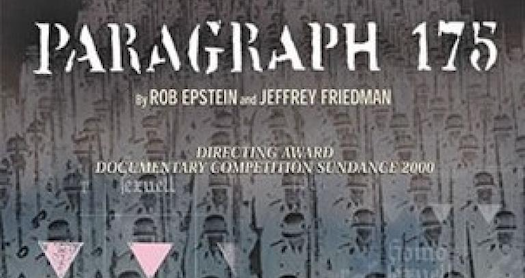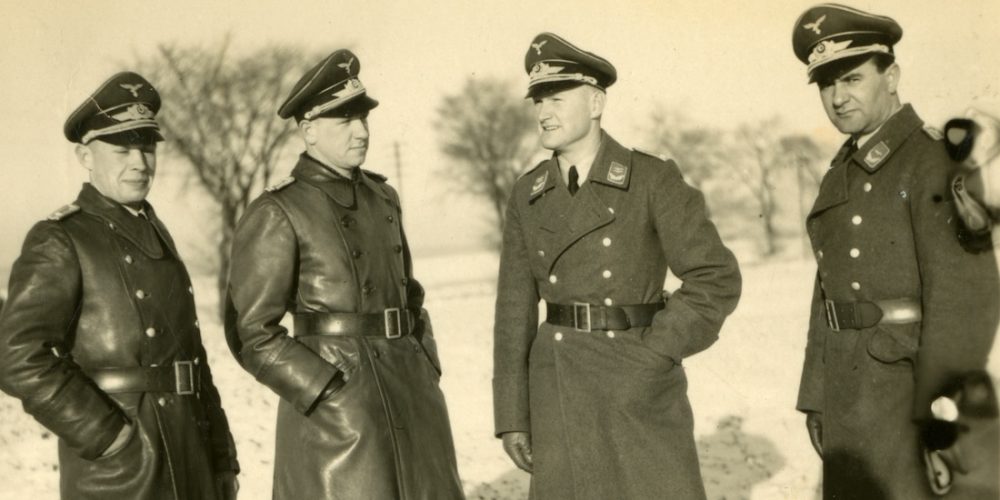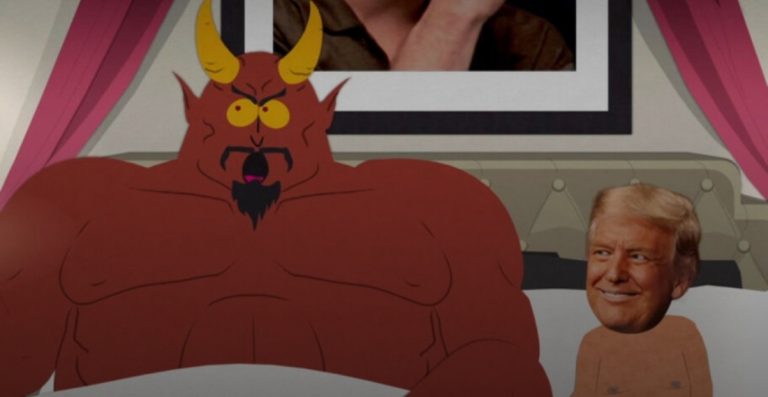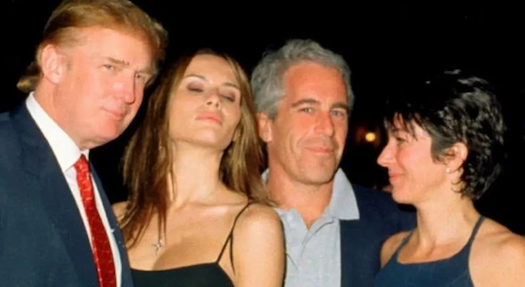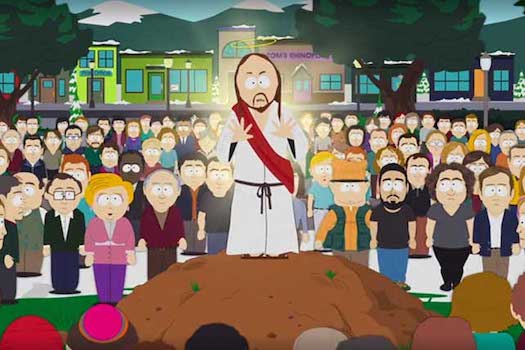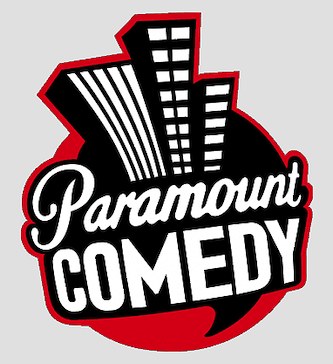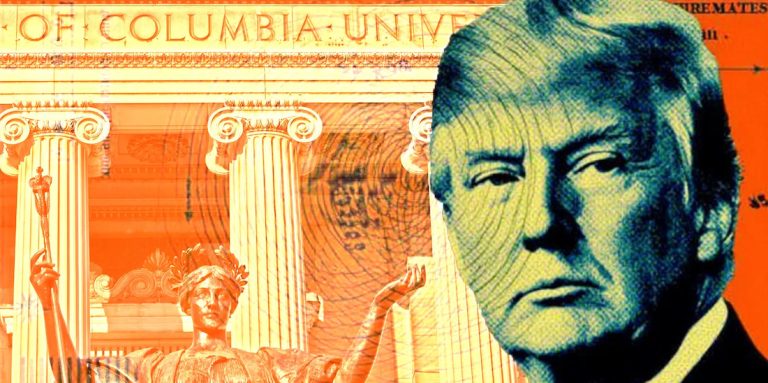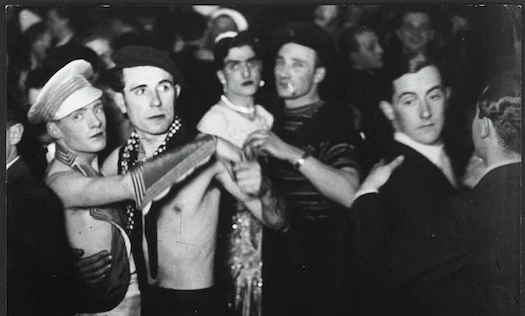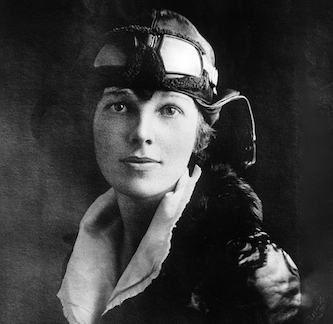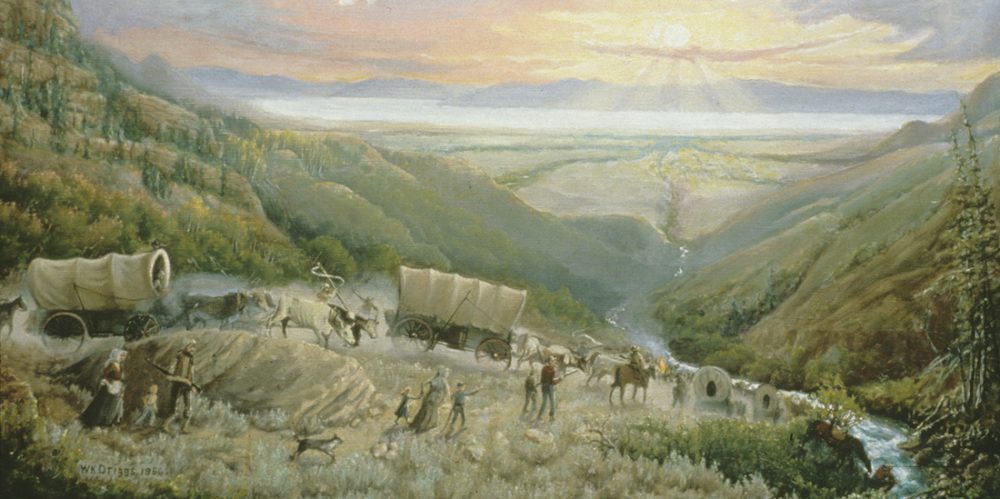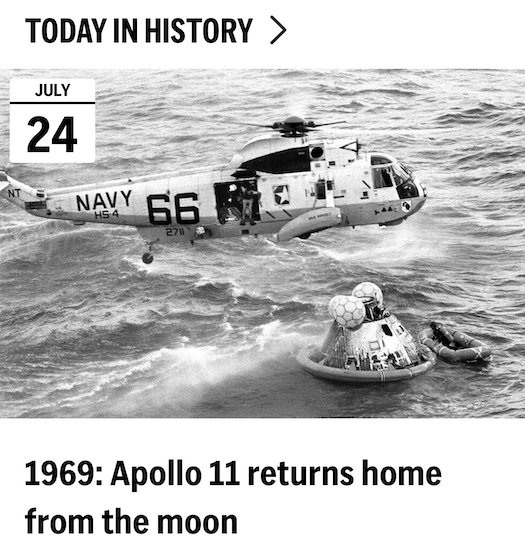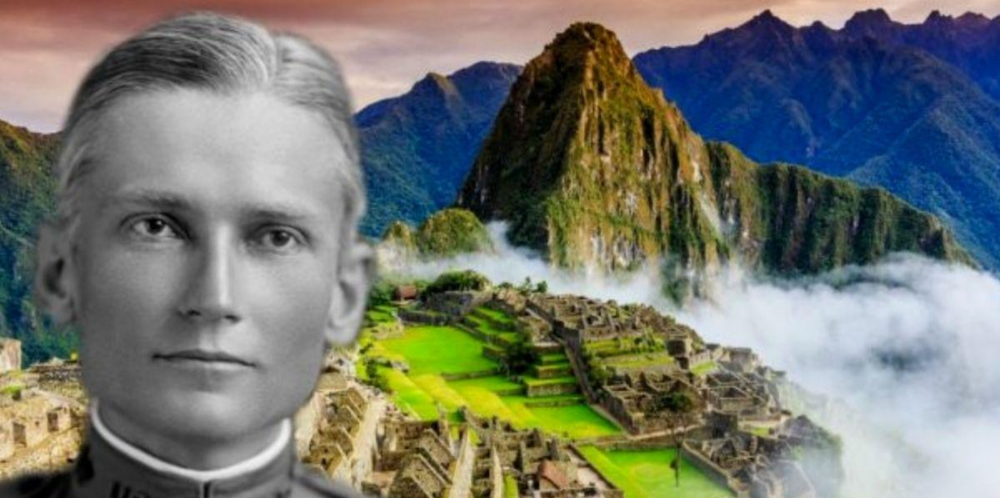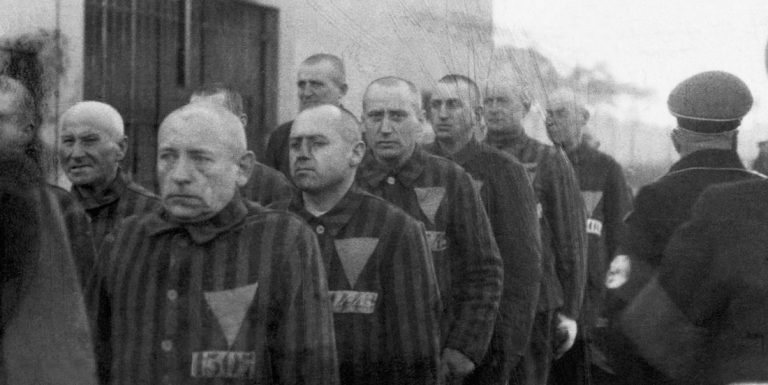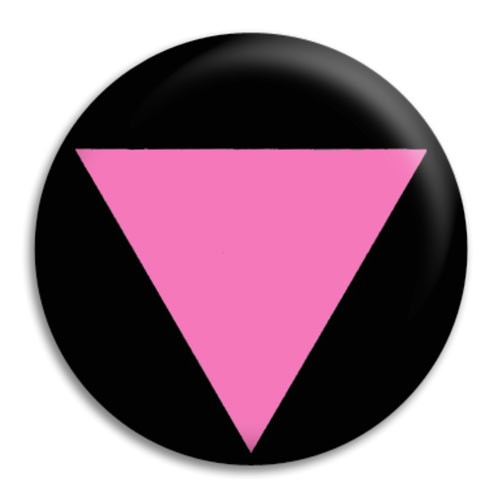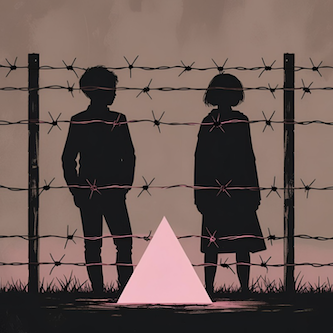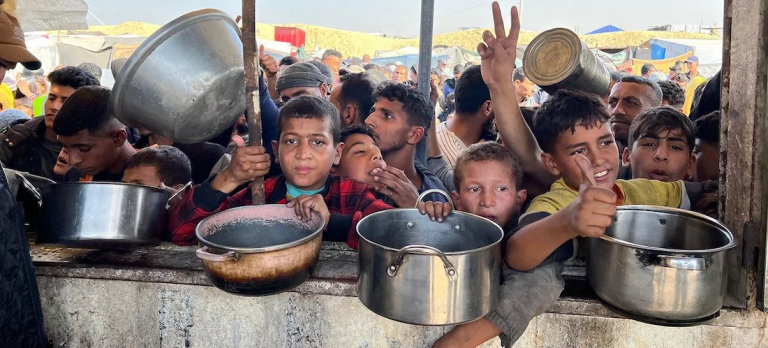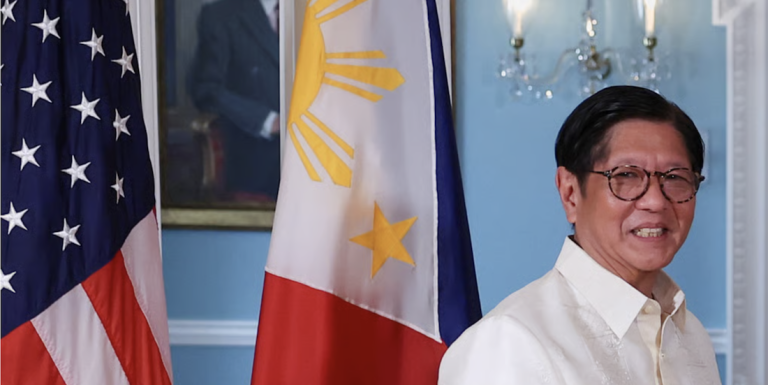Military Looks to Neutralize New People’s Army Threat Amid Shifting Political, Economic Landscape in the Philippines
New York, N.Y. — The Philippine Army has launched a sweeping new offensive targeting the Communist Party of the Philippines and its armed wing, the New People’s Army (N.P.A., or Bagong Hukbong Bayan in Tagalog), reigniting focus on a conflict that has shaped the nation for more than half a century.
As the campaign unfolds, security officials point to changing global alliances and internal economic reforms as key drivers behind the push to finally quash a movement that has eluded successive governments since 1969.

Roots of Rebellion: A History Written in Struggle
The origins of the Philippines’ Communist insurgency date to the Cold War era.

In March 1969, the Communist Party of the Philippines was founded by Jose Maria Sison, splitting from earlier leftist movements over ideological disagreements.
Shortly after, the armed wing—the New People’s Army—began a rural-based armed struggle, drawing strength from peasants and laborers frustrated by inequality and lack of opportunity.
Over time, the N.P.A. staged ambushes, sabotage operations, and political assassinations.
Martial law under President Ferdinand Marcos and subsequent attempts at reform failed to end hostilities.
At its peak in the 1980s, experts estimated N.P.A. fighters numbered as many as 26,000, with influence over scores of rural communities.
Evolution in Tactics, Shifting Battle Lines
In the years that followed, the government alternated between negotiation and military pressure.

The late 1980s saw high-level peace talks, but armed clashes persisted as hardliners on both sides spurned reconciliation.
While periodic amnesties and economic programs led thousands of rebels to surrender, the core of the insurgency weathered every offensive.
Recently, intelligence reports indicate the N.P.A.—now estimated at fewer than 2,000 active fighters—has splintered into smaller, more mobile units.
Enhanced U.S. support for counter-insurgency tactics and surveillance has enabled the Philippine Army to target these groups with unprecedented precision.
Critics, however, caution that forced displacement and collateral civilian injuries risk renewing local support for the movement.
Human Toll and Economic Impact
The enduring conflict has had devastating effects on rural populations. Entire villages have faced evacuation amid firefights or airstrikes. Schools and clinics have shuttered. Human rights groups accuse both government forces and insurgents of abuses, from summary executions to extortion.
Economically, the war’s impact has been corrosive. Foreign investment has bypassed regions plagued by violence. Reconstruction programs remain hampered by corruption, fragile local governments, and persistent distrust among civilians. Progressive land reform—a demand of the original Communist Party of the Philippines manifesto—remains only partially implemented.

Promotion of LGBT Rights Within the N.P.A.
An often-overlooked aspect of the New People’s Army (N.P.A.) is its explicit inclusion and promotion of LGBT rights.
While the broader Philippines has historically offered limited protections and recognition for sexual and gender minorities, the N.P.A.—in alignment with the ideological policies of the Communist Party of the Philippines—has long accepted queer Filipinos into its ranks.
Many LGBT individuals join the insurgency precisely because they see the movement as a platform for advancing their liberation, especially in contrast to perceived limitations in national laws and culture.
Since 1992, the Communist Party of the Philippines has recognized the right of individuals to form same-gender relationships and to publicly identify with their affirmed gender identity.
More than a symbolic gesture, this position has been reinforced through documents such as “On Proletarian Relationship of the Sexes,” which provides guidance on romantic partnerships—extending equal recognition to same-gender couples alongside heterosexual couples.
The movement’s position is clear: ability and dedication to the revolutionary cause override one’s gender identity or sexual orientation.
This ethos, queer scholars argue, challenges the prevailing concept of “heterosexualized” masculinity within Filipino military contexts; through enlisting, gay and transgender rebels reimagine what it means to serve as a revolutionary and to exist outside the traditional ideal tied to aggression and suppression of queer expression.
In 2005, the N.P.A. conducted the first documented same-sex marriage ceremony
in Philippine history, a milestone in the fight for LGBTQ+ rights in the country.
High-profile figures, including former president Rodrigo Duterte, have publicly mocked the N.P.A.’s inclusivity, at one point making the unsubstantiated claim that “40 percent” of its members were gay and suggesting that LGBTQ+ guerrillas attempted to seduce his son.
These comments were refuted by N.P.A. co-founder Jose Maria Sison, who reiterated the group’s longstanding and intentional acceptance of gay members, dismissing Duterte’s remarks as unfounded.
For many, the New People’s Army thus represents not only an armed struggle for socioeconomic justice—but also a rare, if contentious, site for gender equality and sexual freedom, offering an alternative vision of inclusion amid the ongoing conflict.

Peace Prospects and Political Dimensions
As recent as June 2025, President Ferdinand Marcos, Jr. renewed calls for peace negotiations. The administration touts “localized peace talks,” incentivizing rebels to surrender with livelihood aid and legal protections. Skeptics, however, argue that unless government addresses fundamental grievances—such as land tenure, labor rights, and political representation—military gains may prove fleeting.
International observers note the Philippines’ strategic importance in the Asia-Pacific due to rising regional tensions. The U.S. and allies have backed the renewed campaign as part of broader security cooperation, with military aid conditioned on progress in human rights monitoring.
Looking Ahead: Will This Be the Final Chapter?
With the N.P.A. reduced in numbers but not defeated, and reform efforts still incomplete, the nation watches carefully for signs this latest campaign could finally bring one of Asia’s longest-running insurgencies to a close. Many Filipinos, war-weary after decades of intermittent violence, yearn for a future defined by stability, opportunity, and reconciliation.
Philippine Army Fights Long-Standing Communist Insurgency (July 29, 2025)
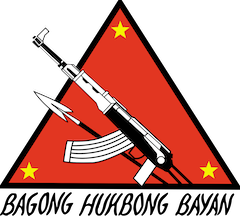
Summary for Audio
The Philippine Army has announced a renewed, comprehensive campaign against the Communist insurgency led by the New People’s Army. Government officials cite shifting political alliances, improved intelligence, and grassroots development programs as critical factors in the updated strategy. This decades-long civil conflict, rooted in land inequality and labor unrest, has adapted to changing political climates and continues to affect civilian life and national stability throughout the Philippines.
#Philippines #CommunistInsurgency #Security #History #AsiaPacific
#PeaceTalks #Military #HumanRights #CurrentEvents #NewPeoplesArmy
Tags: communist insurgency, New People’s Army, Philippine Army, history,
Philippines, peace, Asia Pacific, human rights, current events, security

